No Rules
by Daniel Keys
“Dan, there aren’t any rules.” That’s a statement that I’ll probably remember most, if not all of my life. That simple and yet profound assertion was directed at me by my friend, master artist Richard Schmid, during our very first session painting together, and it has resonated in my mind for years.
I’ve found myself repeating the sentence (sans my name) while teaching workshops, or giving demonstrations in front of audiences that are often eagerly waiting to hear about the “magic” formula for my artistic success. Many are surprised — and initially disappointed — when I “drop the bomb” on them: There aren’t any rules!
New Light on an Old Revelation
There aren’t any rules. “Well, duh!” I deliberated to myself after hearing Mr. Richard say that aloud for the first time. It surely wasn’t a new hypothesis to me, and I don’t even remember in what context it was said, but hearing him say it so matter-of-factly spoke volumes to me, and became a clear reminder of why I love this profession so much.
Albert Einstein was arguably one of the greatest minds of all time. He greatly abhorred rules, and the rigidity with which most people were afflicted during his time and in his part of the world while growing up. He realized that enforcing rules as a means of maintaining some sort of tradition, but without appealing to any scientific reason, was not only pointless but also constrained his ability to question — and therefore interpret — the world around him.
Don’t get me wrong, I was quite compliant as a child and rarely found myself in any kind of trouble (something I now lament) — mostly because my parents were very fair authority figures. They took the time to explain their reasons for requiring that my siblings and I behave appropriately, and made the most of any opportunity to instruct. It was the conventions of society, however, that I continue to discount, considering most of them to be nothing but illogical rules and archaic standards that impede my development as a free thinker.
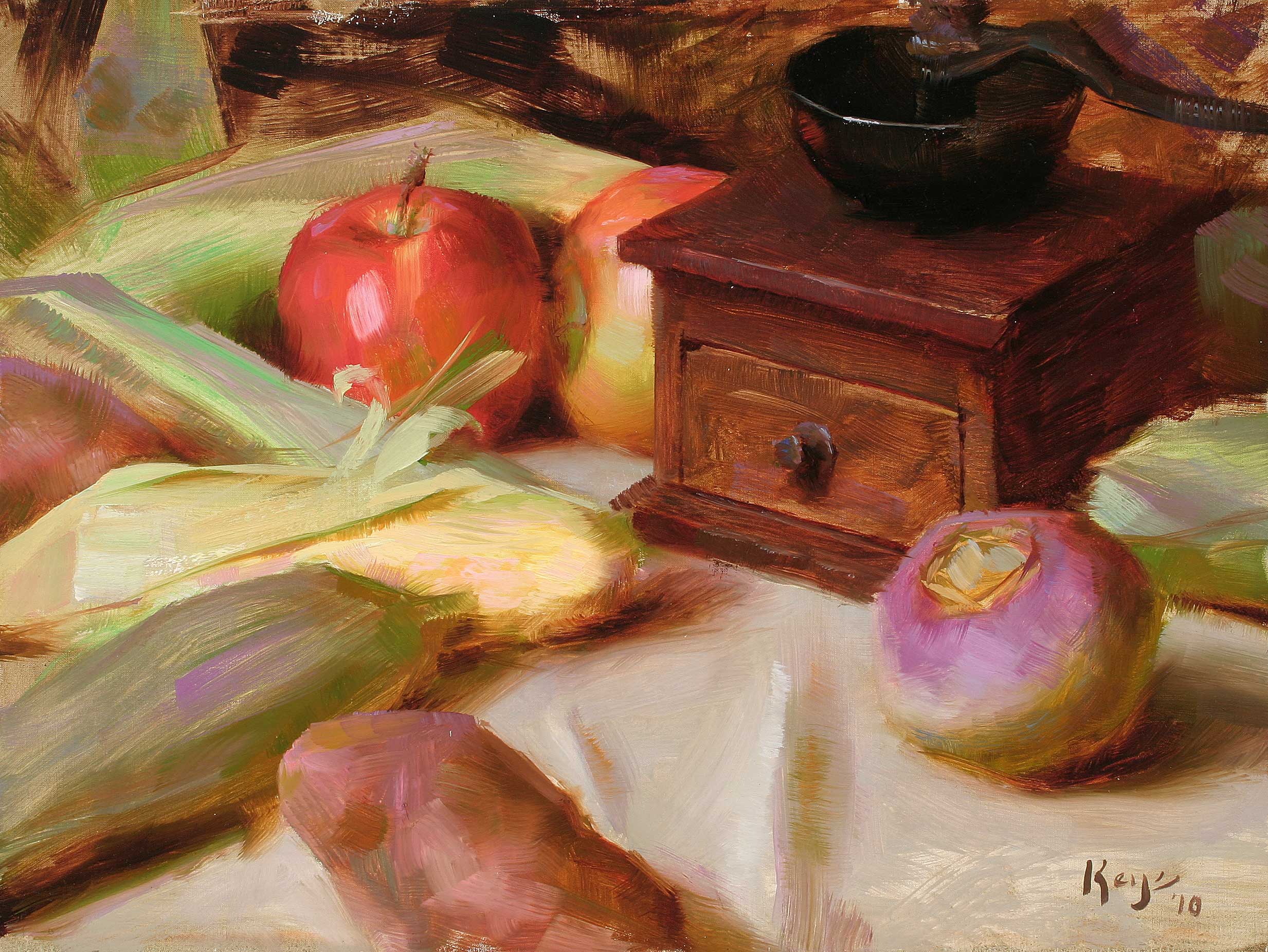
The Reason for Rules
This is where I’ve had to learn to tread lightly. As an individual I can be brutally honest, often offending initially. But it’s my unyielding belief that honesty is still the best policy. I’ve come to recognize that most artists (along with sincere and curious people in general) want the truth — particularly when they’re frustrated and can’t seem to get past certain challenges.
In art, as in many areas of life, rules are simply opinions that were created in order to make the attempts of a student more successful, and those successes more seemingly instantaneous. And while this may sound like a good thing, it has some very serious repercussions. Among these are the limits placed on the student’s ability to recognize idiosyncratic differences from subject to subject, thus hindering their creative processes.
I’ve heard artists say countless times — after being asked to try something unfamiliar to them, “I didn’t know you could do that.” Because they previously collected a series of “rules” from well-meaning teachers — who probably offered them as a means of getting started, and not as final authority — they’ve kept themselves from searching and therefore growing. Rules are based on the experiences of someone else. That means you can go only as far as they have gone. And even your own experience can take you only as far as you’ve already been. It’s when an artist decides to deviate from the “rules” and embrace his own ideas of what to paint and how to paint it, that he truly finds his own way.
Laws vs. Rules
Now, so as not to appear that I’ve gone off the deep end and joined forces with those who believe that creating art is merely some sort of lawless action — where the more you know, the more deterred you are from freely expressing yourself — I feel it’s imperative to explain the laws or rather the pragmatic principles, all representational artists should abide by.
Laws:
A law is a principle that is backed by science or some recurring act in nature. For instance, any practiced representational painter who gathers his inspiration from the world around him will undoubtedly run into the light-temperature phenomenon. The temperature of light shining onto our subject will invariably determine the color temperature of not only the areas receiving the most light but the shadows as well. Cool light, such as indirect sunlight from a north-facing window, will produce warmer shadows. Warm light, such as direct sunlight, produces cooler shadows.
This is science. It has nothing to do with my, or anyone else’s, opinion. It is something that we cannot change. And we cannot change it because it’s a law of nature.
Rules:
A rule is simply someone’s opinion. When we hear things said like, “you can’t put your center of interest in the center of your composition,” or, “always use complimentary colors (colors opposite one another on the color wheel),” we know that there isn’t any science backing these things up, therefore they are rules. Where you decide to put your center of interest, or how you choose to compose a still-life, or what colors you decide to pair is purely subjective. When arranging a painting, my main goal is to please myself, and whether the end result clings to any rules or not isn’t a concern of mine. In fact, it’s usually when I decide to break away from known understandings that I discover something new and exciting in my work!
Fundamentals
The basic principles that every good artist should take the time to know intimately: drawing, values, color, edges, and composition. Included in those five is the matter of variety (creating maximum randomness — no two organic things are ever exactly alike), and the ability to analyze and see clearly — processing every bit of what’s before us and making choices that best describe what we’re endeavoring to say.
So what now? Where do we go from here? If there aren’t any rules, how do we know where to start?
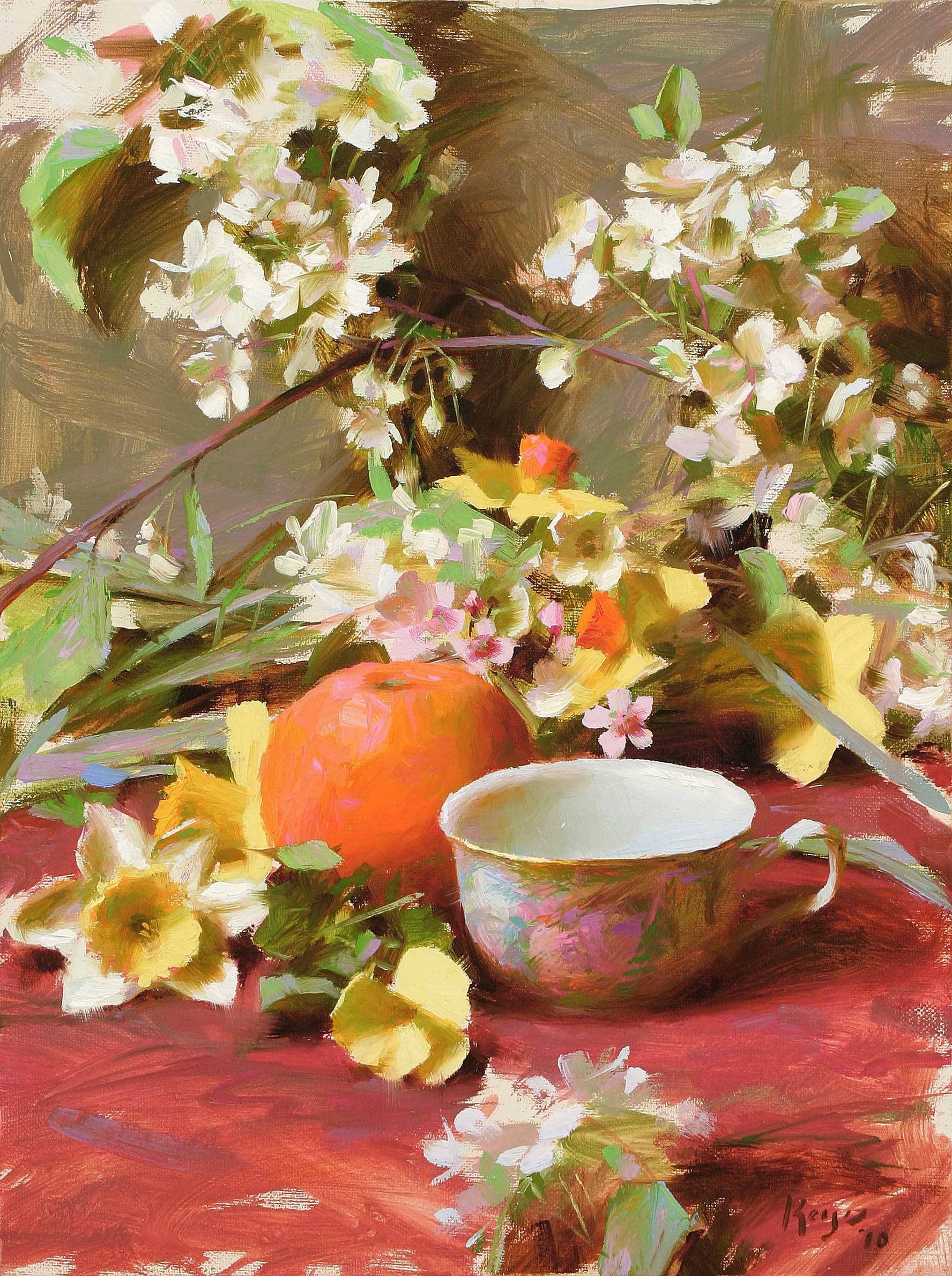
Art as Science
Now that we’ve ascertained some real truths, the fun can actually begin. You see, above all else, painting is a means of communicating; it’s the way we articulate what can only be said with paint.
I so often find myself getting caught up in the sounds of a well-composed movie score. It’s probably my favorite kind of music because it so closely resembles the structure of classical music. Each piece is designed around a story and intended to convey a certain emotion. While it isn’t universal, I still find that there’s a certain amount of clarity of design when listening to the works of those that are at the top of their field. And I know that with each note the composer is trying to suggest something to me. He or she is using a medium, namely music, as a language to communicate what cannot be said with mere words.
The same is true with painting. We’ve been given the wonderful opportunity to express how we feel about something or someone, using a medium that stands alone. Why then would we permit constraints to be put on us by adopting the rules of someone else without first proving/testing them (to see if they’ll work for us)? And why not try a wide array of other methods before settling on one, if a single method can be decided on at all (which usually isn’t the case)?
Tools With Which to Speak
I like to think of each new way of doing something as a new tool that goes right into my “skill tool belt.” For example, I find that just one technique where brushwork is concerned isn’t enough for me. I need dry-brush, impasto, palette-knife, washes, etc., to properly decipher the different textures of various subjects I prefer to paint. Each “tool” is like a new word that is added to my vocabulary. The greater the number of words in my vocabulary, the better I become at conveying my thoughts.
The thing to remember is that no single artist has all of the answers. We grow as individuals when we decide to break away from the “norm” and try our hands at something unfamiliar to us. That’s when we unearth what art is truly about — endlessly investigating the possibilities of our medium in order to give voice to our innermost thoughts regarding the universe around us.
It’s a never-ending journey, and I’m so glad it is! How bourgeois things would become if we already knew all there was to it. As long as you’re skillfully giving consideration to the laws of science governing all that you see, you’ll discover that there are an infinite number of ways to actually apply the paint, or set up the still-life, or get your message across to people.
In painting, there are plenty of laws to explore, but THERE ARE NO RULES!
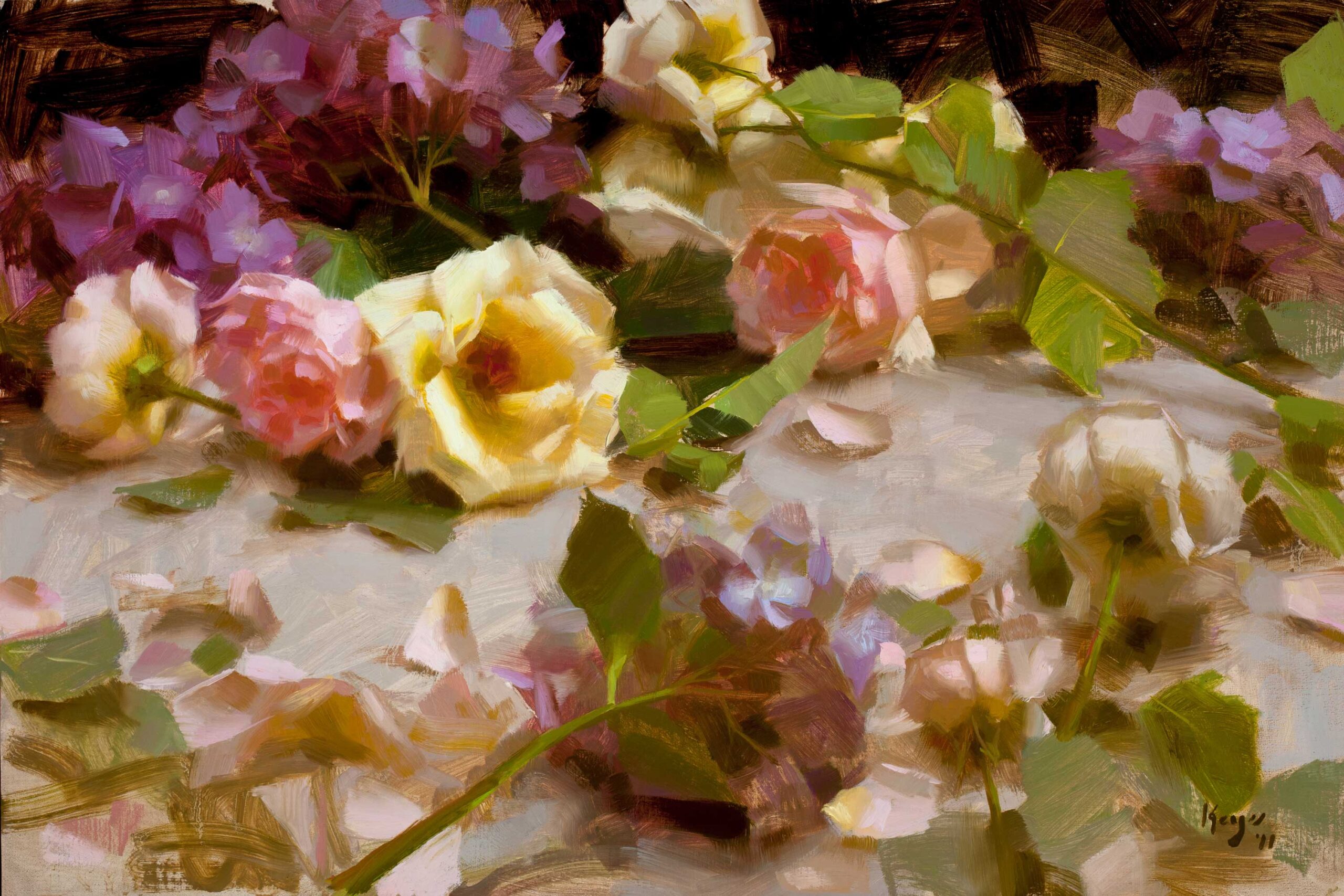
Connect with Daniel Keys at danieljkeys.com.
This article was originally written in 2012 and published in Artists on Art
Become a Realism Today Ambassador for the chance to see your work featured in our newsletter, on our social media, and on this site.


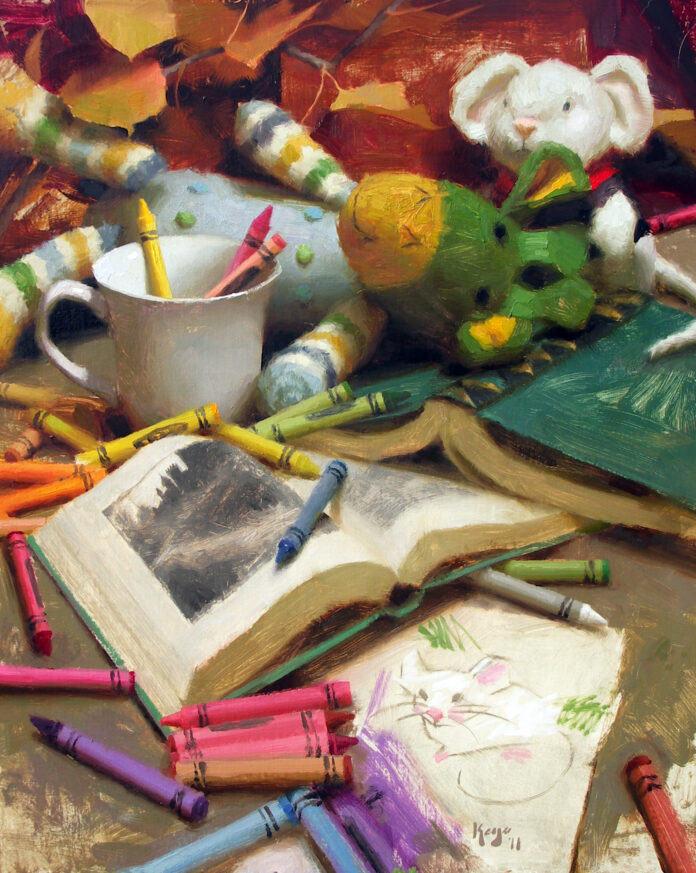
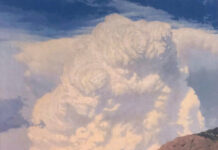
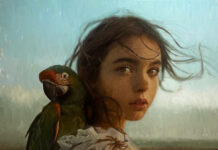

Mr Keys article has nailed it!
I absolutely appreciate his input confirming and strengthening and even given more depth to some concepts I had for a while.
I am looking for the truth in art. Often I have questions or thoughts I develop , not technical but rather on the way I see, in the how and beginning, the vision and ideas. Got so many ideas in my head and this article makes me simplify just that. The puzzle seems to come together more and more. I appreciate this article! It’s fabulous!
What I needed to hear from a genuine and sincere artist who I am hoping to meet one day!
Thank you Mr Keys!
Comments are closed.